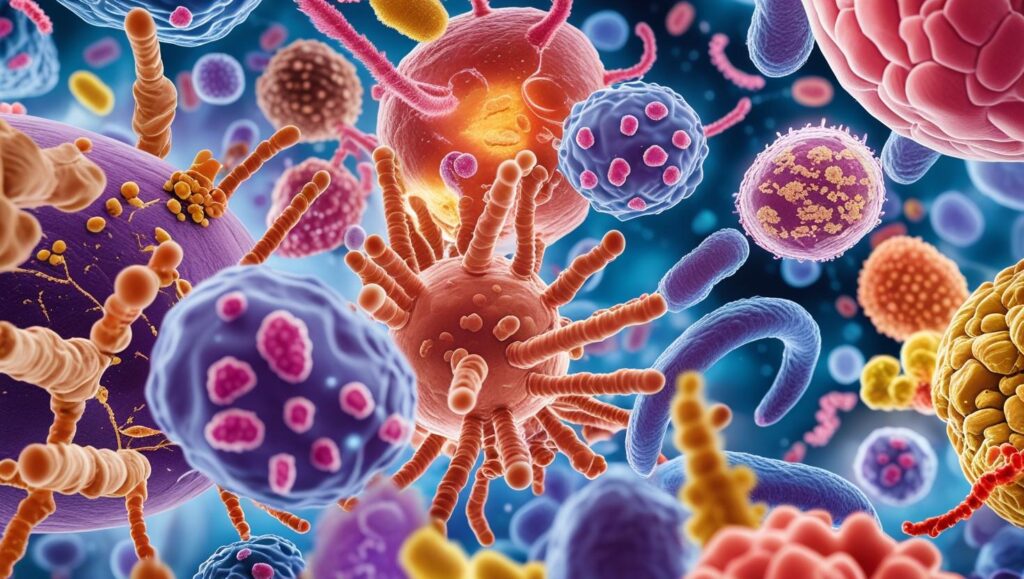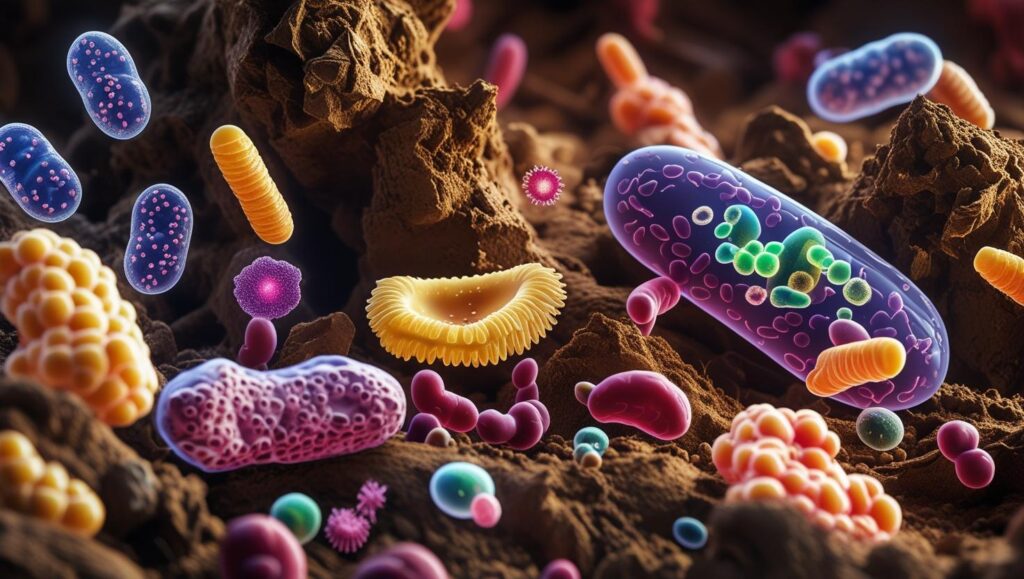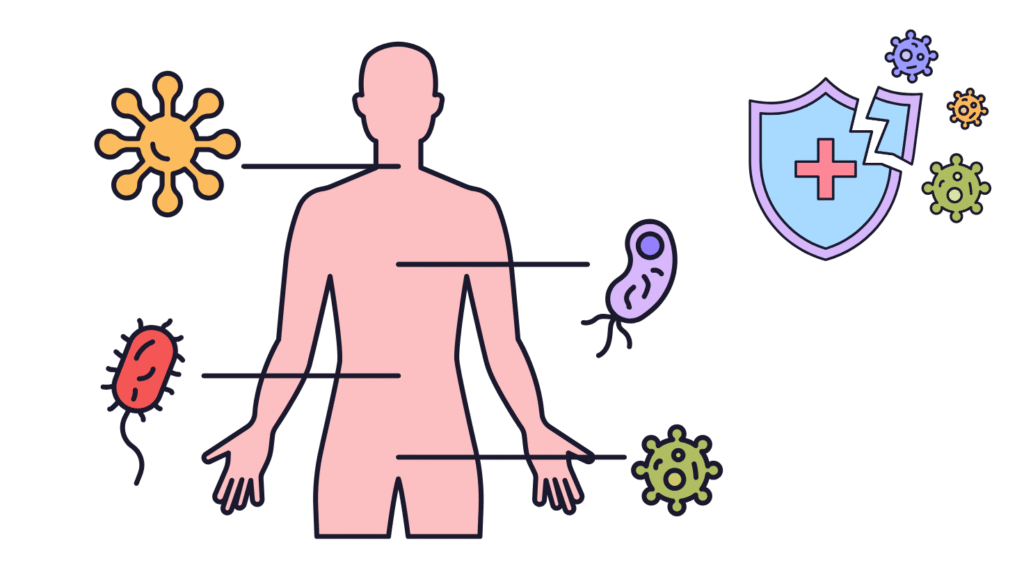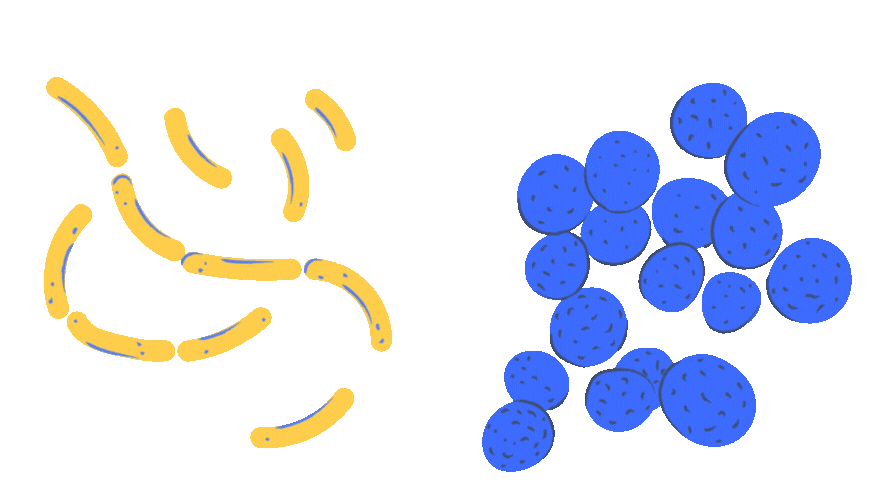Where Do Microorganisms Live?
where do micro organisms live? by Delta publications
key notes :
🔬 What are Microorganisms?

- Microorganisms are tiny living organisms that are not visible to the naked eye.
- They include bacteria, viruses, fungi, protozoa, and algae.
🌱 Habitats of Microorganisms
1. In the Air
- Microorganisms like bacteria and fungal spores are present in the air around us.
- They can travel through dust, sneezes, and coughs.

2. In Water

- Found in ponds, lakes, rivers, oceans, and even in boiling hot springs!
- Algae and some bacteria thrive in water.

3. In Soil
- Many bacteria and fungi live in soil.
- They help in decomposing dead matter and fixing nitrogen for plants.

4. Inside the Human Body

- Some microorganisms live in our mouth, gut, and skin.
- Helpful bacteria in the intestine aid in digestion.

5. In Animals and Plants
- Some microbes live inside animals and plants as symbionts or parasites.
- Example: Bacteria in cow’s stomach helps digest food.

6. On Surfaces
- Found on everyday surfaces like tables, door handles, and phones.
- Need regular cleaning to prevent diseases.

7. In Extreme Environments
- Some microorganisms, called extremophiles, live in:
- Hot springs (high temperatures)
- Deep oceans (high pressure)
- Acidic or salty water
| Hot springs (high temperatures) Deep oceans (high pressure) Acidic or salty water |  |
🌟 Fun Fact:
Some microorganisms can survive without oxygen, while others need oxygen to live!
Let’s practice!

